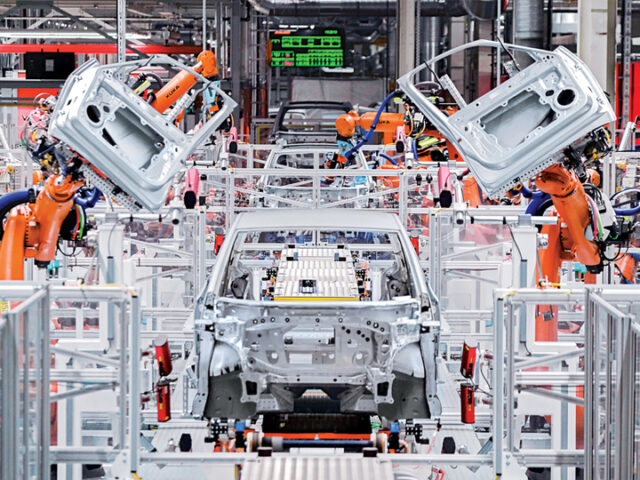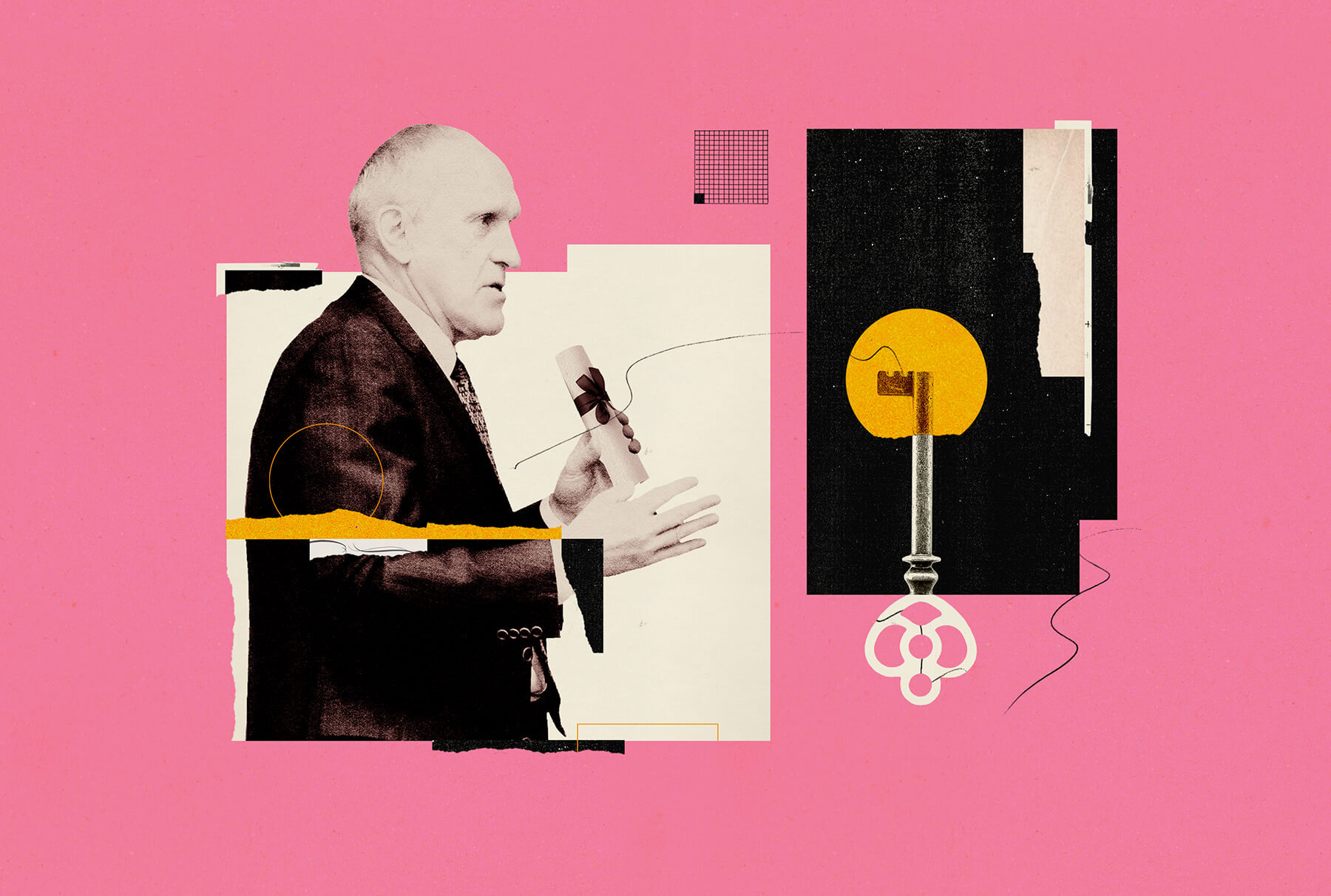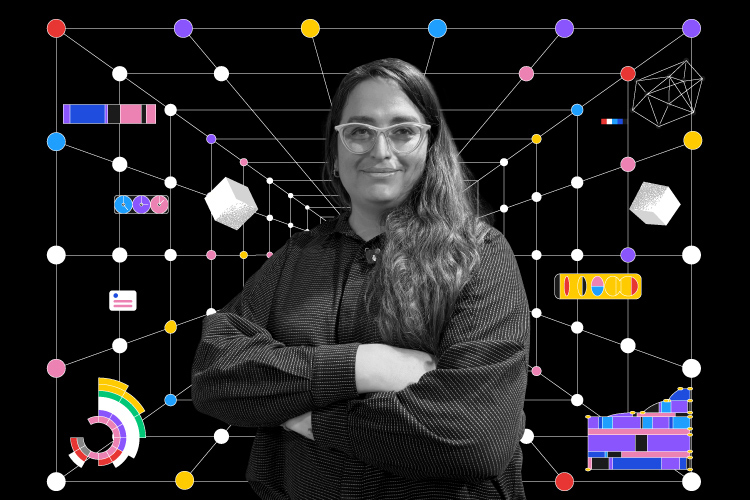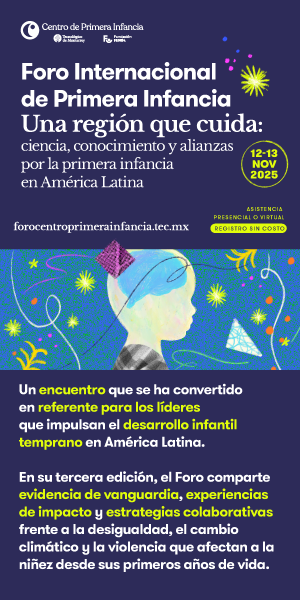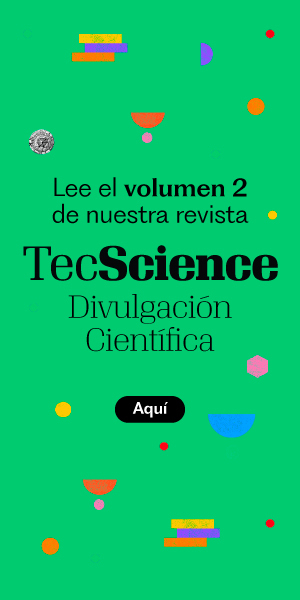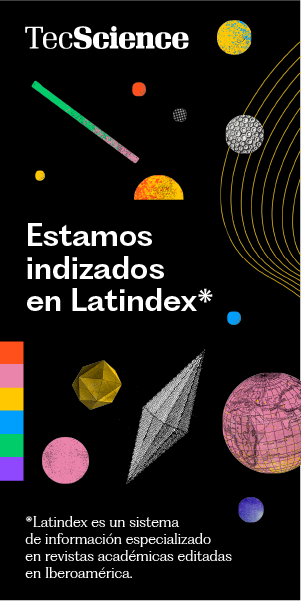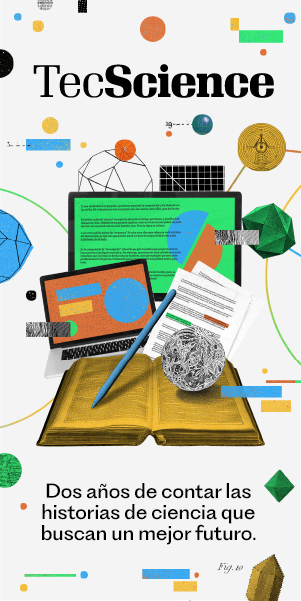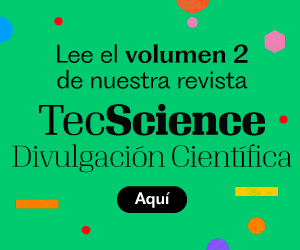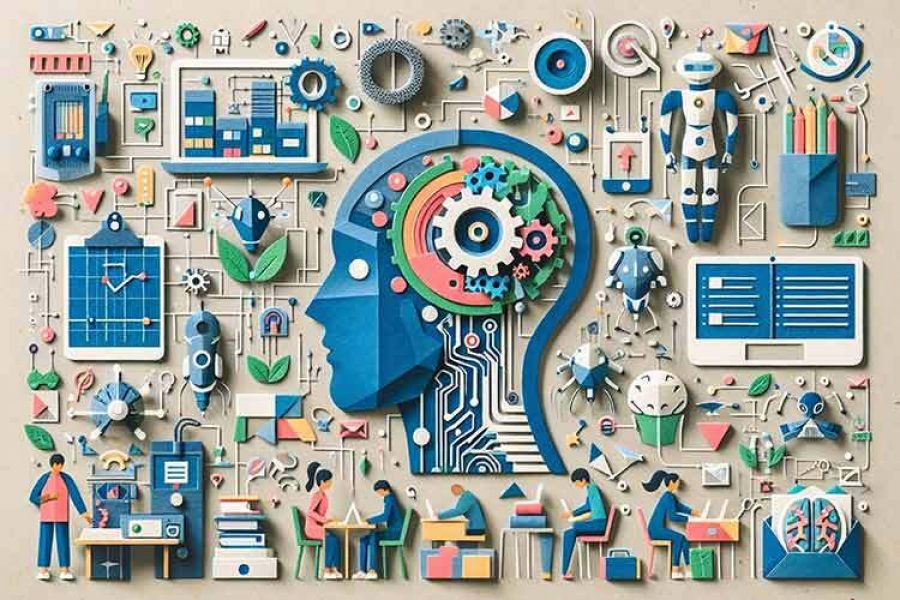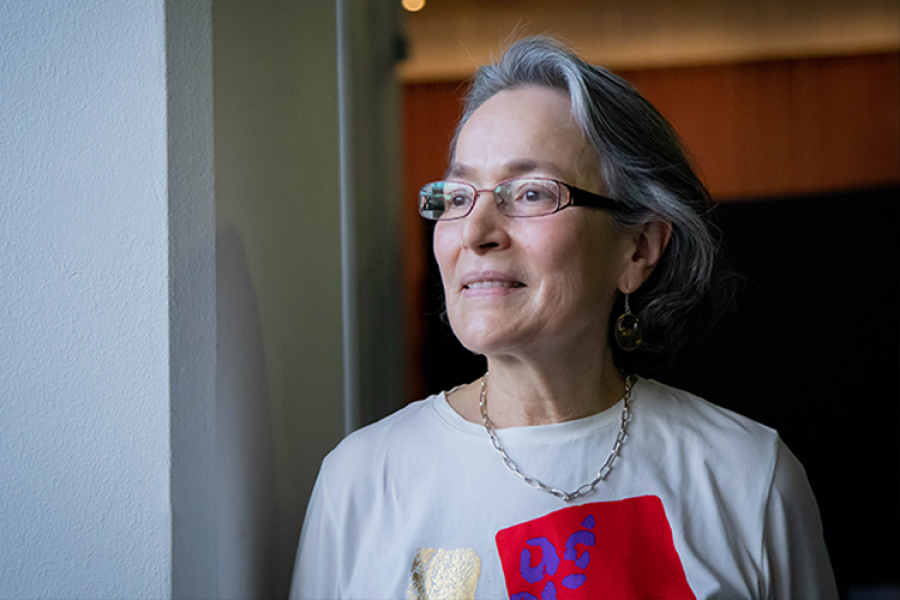How can technology and education coexist in harmony during the learning process? On average, children and young people spend about 200 hours a year using computers for educational purposes. However, in that same period, they use the same devices for passive media consumption—often with rapidly changing content—for nearly 2,000 hours, neuroscientist Jared Cooney pointed out during his talk at the IFE Conference 2025.
“OECD (Organization for Economic Cooperation and Development) couple of years ago flat out stated people who frequently use computers to learn achieve worse results in most learning areas,” said Cooney, who is also an educator and author of Stop Talking, Start Influencing: 12 Insights from Brain Science to Make Your Message Stick.
In his presentation, From the Lab to the Classroom: Tech, AI, and the Brain!, Cooney took a critical stance on the role of technology in education. He highlighted several studies showing that computers don’t always help students improve their grades or test scores.
So, what’s the right way to integrate technology into the classroom? According to Cooney, if we want technology to truly enhance education, the key isn’t to design learning around technology—but rather to design technology that adapts to learning.

Multitasking: The Challenge of Using Computers for Learning
Cooney argued that the struggle between learning and technology became even more complicated the moment computers entered homes—when kids started using them for everything except learning.
One common misconception about computers in education involves a concept called primary function. Cooney illustrated this idea with a simple analogy: when someone sees a hammer, their first instinct is to use it to drive a nail. Similarly, students don’t see computers as tools for education; they primarily associate them with entertainment and passive content consumption.
He also linked rapid media consumption to the concept of multitasking in the brain. “No human being in the world can do it. Multitasking is not a skill issue.”
This ties directly into a key principle of learning related to memory: attention. The brain allows information to enter only when it deems it relevant—everything else gets filtered out. So, multitasking isn’t actually a skill; it’s a limitation.
When the brain faces uncertainty due to constant switching—between apps, activities, videos, and other content—it automatically discards any incoming information from the last few seconds. That’s why multitasking leads to slower performance, reduced accuracy, and weaker memory retention—often resulting in distraction and lack of focus.
Technology, then, needs to be intentional, Cooney emphasized. Devices should be used for a single, specific task at a time, rather than constantly shifting between multiple activities.
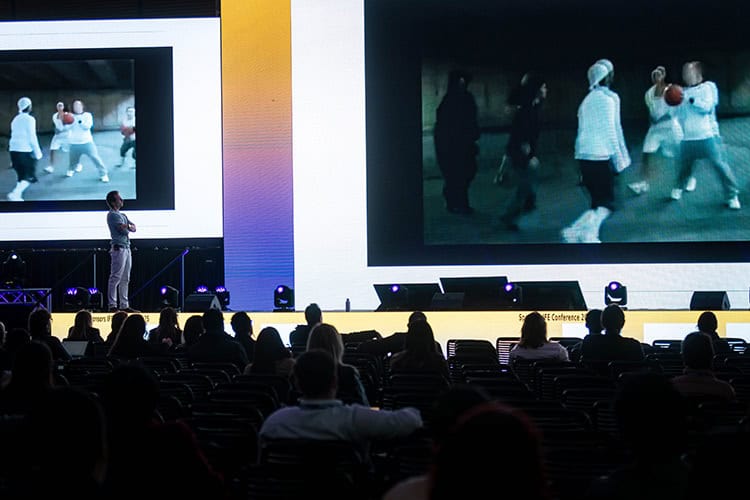
Using Technology to Get Back to the Fundamentals of Learning
Cooney emphasized that technology can be effective when it is designed to align with how people actually learn. This means developing tools that support deep learning processes and the fundamental principles of human cognition.
One key principle is recall—or active retrieval of information—which strengthens memory by reinforcing the way the brain repeatedly accesses stored knowledge. In other words, technology should be used not just to access information but to help students recall and consolidate it.
The more we retrieve, use, and engage with memories, the deeper, more durable, and easier to recall they become. A great example is radio jingles—people hear them over and over again until they find themselves humming them unconsciously.
Today, students often use technology for passive review—watching lectures or reading notes. But for information to truly stick, they need to actively interact with it, turning passive exposure into deep, long-lasting memories.
Another important principle is that written text and spoken words don’t mix well in the brain. The linguistic center responsible for processing vision becomes active when people read silently, creating the sensation of hearing their own voice in their heads as if they were reading aloud. This makes it harder to process external audio at the same time.
Cooney explained that this creates a neurological bottleneck—the brain simply can’t process two sources of auditory information simultaneously. That’s why multimedia content that combines spoken narration with on-screen text can actually hinder learning rather than enhance it.
No Perfect Content, Just Teachers
Even with the rise of technologies like artificial intelligence, Cooney argued that most of what people seek in learning still comes from human relationships.
“You have a choice to learn with a machine that gives you the best information, the best pedagogy at the exact moment you need it, or learn from someone you like. You will always learn more from the person you like than the ‘perfect’ system,” he said.
Empathy is a key factor in learning, and it’s something technology simply can’t replicate, Cooney explained. Students learn more effectively when they like their teachers and feel a sense of connection with them.
Attempts to “humanize” technology often fall flat because students can sense when something isn’t authentic. For instance, educational chatbots have failed to replace real human interaction in meaningful ways.
Additionally, when technology is integrated into education, it works best when guided and controlled by teachers rather than directly managed by students. This approach ensures that technology serves as a teaching tool rather than just a passive learning device.
“We’ve been doing education basically the same for 2,000 years. The reason why it’s been around so long is because it works. We can’t drop what works because something new comes down the pipe. We can use it to supplement, but we can’t use it to replace,” Cooney concluded.
Did you find this story interesting? Would you like to publish it? Contact our content editor to learn more at marianaleonm@tec.mx


